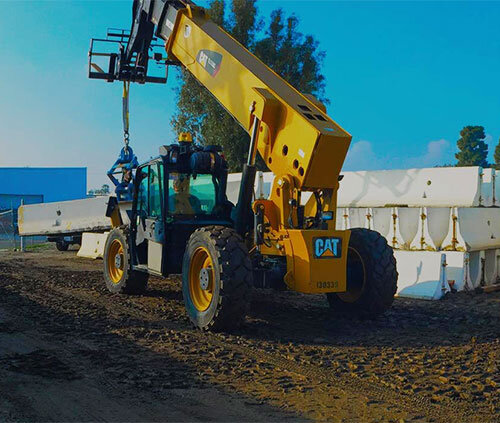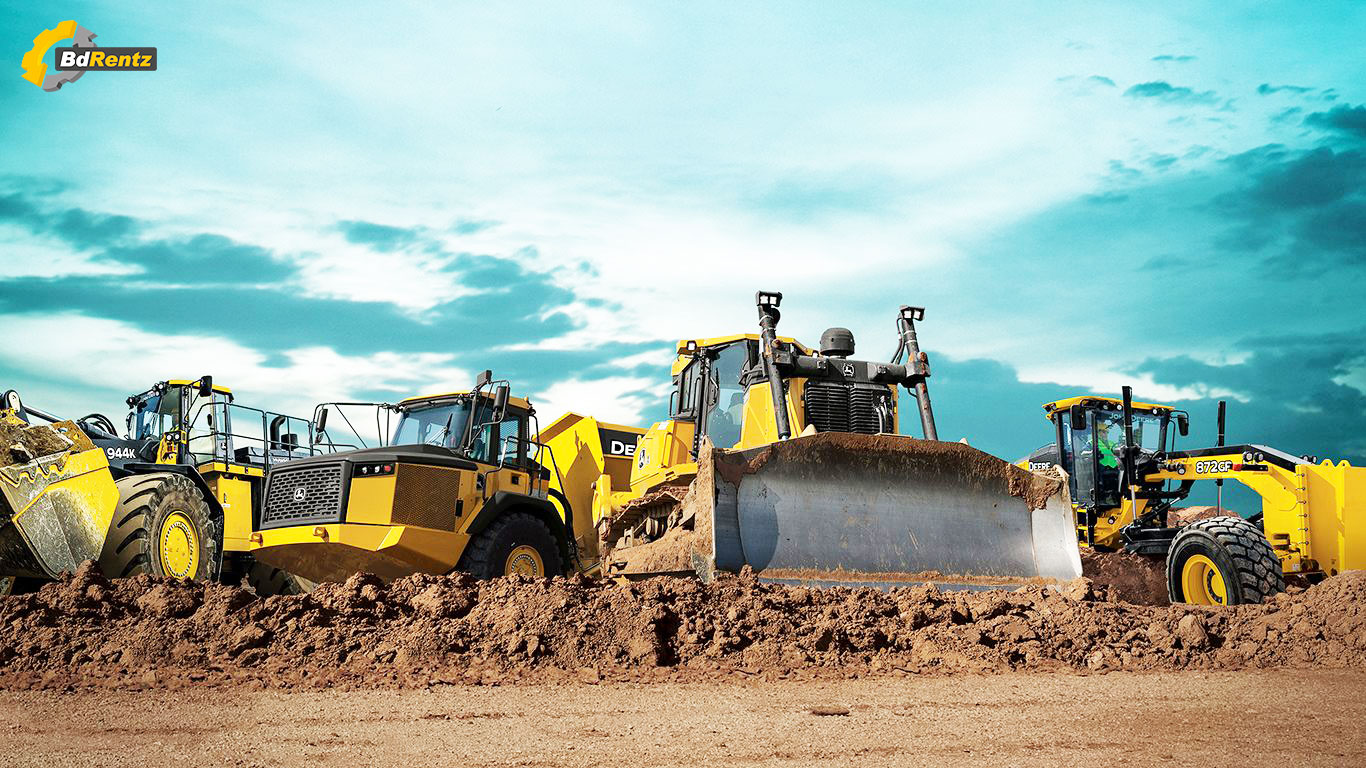Optimize Your Budget Plan by Understanding the Prices Connected With Building Equipment Services
Recognizing the full scope of prices connected with construction tools leasings is essential for maximizing your spending plan. While the preliminary rental cost might seem uncomplicated, various additional costs-- such as transportation, gas surcharges, and upkeep-- can rapidly accumulate, influencing your financial preparation. Being conscious of various fees and the intricacies of rental contracts can help avoid unexpected monetary burdens. What methods can be employed to efficiently take care of these costs and make sure a more effective rental experience?
Introduction of Rental Prices
When thinking about building and construction devices leasings, understanding the linked costs is extremely important for efficient budgeting and project preparation. Rental costs can vary significantly based upon several aspects, including devices kind, duration of service, and location. The preliminary rental fee usually shows the tools's market demand and its connected functional capabilities, affecting the total cost.
In enhancement to the base rental rate, supplementary prices may occur, such as transport fees, fuel surcharges, and upkeep charges. It is vital to represent these added expenses to precisely evaluate the overall cost of renting devices. Furthermore, the rental period can affect rates; longer rentals may get approved for affordable prices, while short-term rentals may sustain higher everyday fees.

Malfunction of Rental Rates
An extensive understanding of rental rates is important for professionals and project managers intending to enhance their budget plans. Rental rates for construction equipment commonly include a number of elements, including base prices, time-based fees, and usage fees.
Base prices are the core fees connected with the rental of the tools, commonly figured out by the type and dimension of the equipment. These rates can differ considerably, influenced by aspects such as tools need, schedule, and local market patterns. Time-based fees, which might be daily, weekly, or monthly, offer to accommodate various job timelines and rental durations.
In addition, rental rates may include usage costs, which are suitable when equipment is made use of past a specified limit, guaranteeing that the rental company can make up wear and tear. Seasonal need fluctuations can additionally impact rental prices, with peak building periods normally commanding greater rates.
Additionally, understanding the rental business's plans concerning upkeep and insurance can give further understanding right into the overall price structure. By examining these parts, professionals can make enlightened decisions, making sure the selection of rental devices straightens with both project demands and spending plan constraints.
Additional Charges to Take Into Consideration
Recognizing the intricacies of additional fees is important for specialists dig this to handle their total service expenditures effectively. Beyond the standard rental rates, various supplemental fees can substantially affect the overall expense of devices leasing. These fees frequently include delivery and pickup costs, which can differ based upon range and logistics included in carrying the devices to and from the task site.
Moreover, some rental firms might enforce fuel additional charges if the equipment is returned with less gas than when rented out. It is additionally vital to be conscious of prospective cleaning fees, specifically for customized devices that requires comprehensive upkeep after use.

Thoroughly assessing the rental contract and clarifying these added charges upfront can aid specialists avoid unanticipated expenses and ensure that budgets continue to be intact throughout the task lifecycle.
Repair And Maintenance Costs
Regular maintenance and repair costs are frequently forgotten elements that can dramatically influence the total cost of building and construction equipment leasings. When renting devices, it is crucial to think about not just the rental fees however additionally the potential prices connected with keeping the equipment in optimal operating condition.
Several rental companies include standard upkeep as part of the rental agreement; nevertheless, extra unforeseen malfunctions or extensive repair work can cause added expenses. It's vital to review the rental contract thoroughly to recognize what upkeep services are covered and what responsibilities fall on the tenant.
Moreover, tools that is not properly maintained can lead to inefficiencies on duty website, possibly raising and creating hold-ups task prices. To mitigate these risks, it is advisable to conduct regular inspections and maintain open communication with the rental service provider concerning any issues that arise during usage.
Insurance Policy and Responsibility Expenses
Insurance coverage and obligation expenses are crucial components that can significantly impact the total cost of building and construction devices rentals (boom lift rental). These prices make certain that both the rental business and the client are shielded from possible monetary losses arising from crashes, damage, or theft throughout the rental period

Additionally, clients should recognize any deductibles or exclusions in the insurance coverage policy, as these can influence prospective out-of-pocket expenses. Understanding the terms of any type of insurance policy protection is vital to prevent unexpected expenses. Inevitably, budgeting for insurance and obligation expenditures can help make certain a smoother rental experience and protect versus monetary threats associated with building tasks.
Conclusion
In conclusion, a comprehensive understanding of the costs linked with building and construction tools leasings is necessary for efficient budget plan management. Ultimately, educated decision-making relating to devices rentals adds to the total success of building undertakings.
Rental prices can vary considerably based on several variables, consisting of equipment kind, period of rental, and area (aerial lift rental). The rental duration can impact rates; longer leasings might certify for discounted prices, while short-term services may sustain greater daily fees
By carrying out detailed research and involving with reputable rental companies, specialists can successfully navigate the intricacies of rental pricing, eventually maximizing their monetary sources.
Beyond the conventional rental rates, numerous extra charges can substantially impact the overall price of equipment service. Rental companies commonly provide obligation insurance policy that covers injuries to third celebrations or damages to home, while tools damage insurance coverage can cover the price of repairs or replacement if the leased tools is damaged.